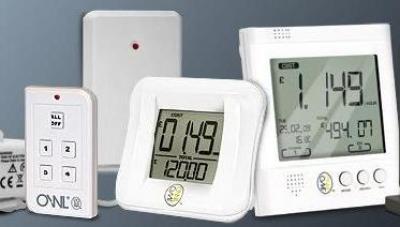Consumers Demand Minimum Smart Meter Standards

With a 2020 target set for smart meter roll out to UK households and businesses, organisations including the Energy Saving Trust are pushing for minimum standards for the devices
Research by the Energy Saving Trust into the optimum design for in-home smart displays has revealed that consumers want the devices to have clear visual displays which show real-time electricity or gas consumption.
According to the report, The Smart Way To Display, released this week from the government funded organisation, the government should mandate minimum specifications for smart meters which include visual displays which show the rate at which energy is being used in watts or kilowatts per day.
The report was based on interviews with consumers who also stated that the meters should show the cumulative spend per day and the ability to compare to historic information on spending. The UK has been investigating the potential of smart metering and has set a target of rolling out the technology to all households by 2020 based on wider European targets.
“The roll out of smart meters offers a unique chance to improve consumer understanding of energy consumption and encourage more energy efficient behaviour, and our research has shown the importance of displays in making consumers more conscious of their day to day energy consumption,” said Philip Sellwood, chief executive of Energy Saving Trust.
Sellwood added that the organisation was keen for the government to support minimum standards for smart meters. “We urge the Government to stand by its preferred position of requiring smart meters to be accompanied by visual displays,” he said.
In August, the Local Government Association accused a coalition of power companies of lobbying the government to block the inclusion of wireless display units in the smart meter scheme. The LGA statement more or less accuses the Energy Retail Association of trying to snuff out the technology as it doesn’t want its customers to have a truly accurate picture of the energy they are using and difficult questions over pricing which might arise as a result.
Experts also argue that the intelligence embedded into smart grids – including home monitoring systems for consumers – could end up reducing the amount of power households and businesses use which will eat into electricity providers’ revenues. “Smart grid is about improving the efficiency of the system and reducing consumption which by definition lowers revenue for you and it’s the utilities that have to do the investment if you want to have a smart grid becoming a reality,” Christian Feisst, director of Smart Grids at Cisco Internet Business Solutions Group, told eWeek Europe UK in September.
In March this year, researchers from US security consultancy IOActive created a worm that could spread from one smart metering device to another thanks to the wireless technology that is used to connect them. “A lot of the security issues that are popping up are kind of frightening, and we’re sort of pushing the idea of more security review, more generalized security engineering… reviews, source code audits, the whole sort of works has to apply to these meters as well as they apply to everything else,” said Mike Davis, senior security consultant at IOActive earlier this year